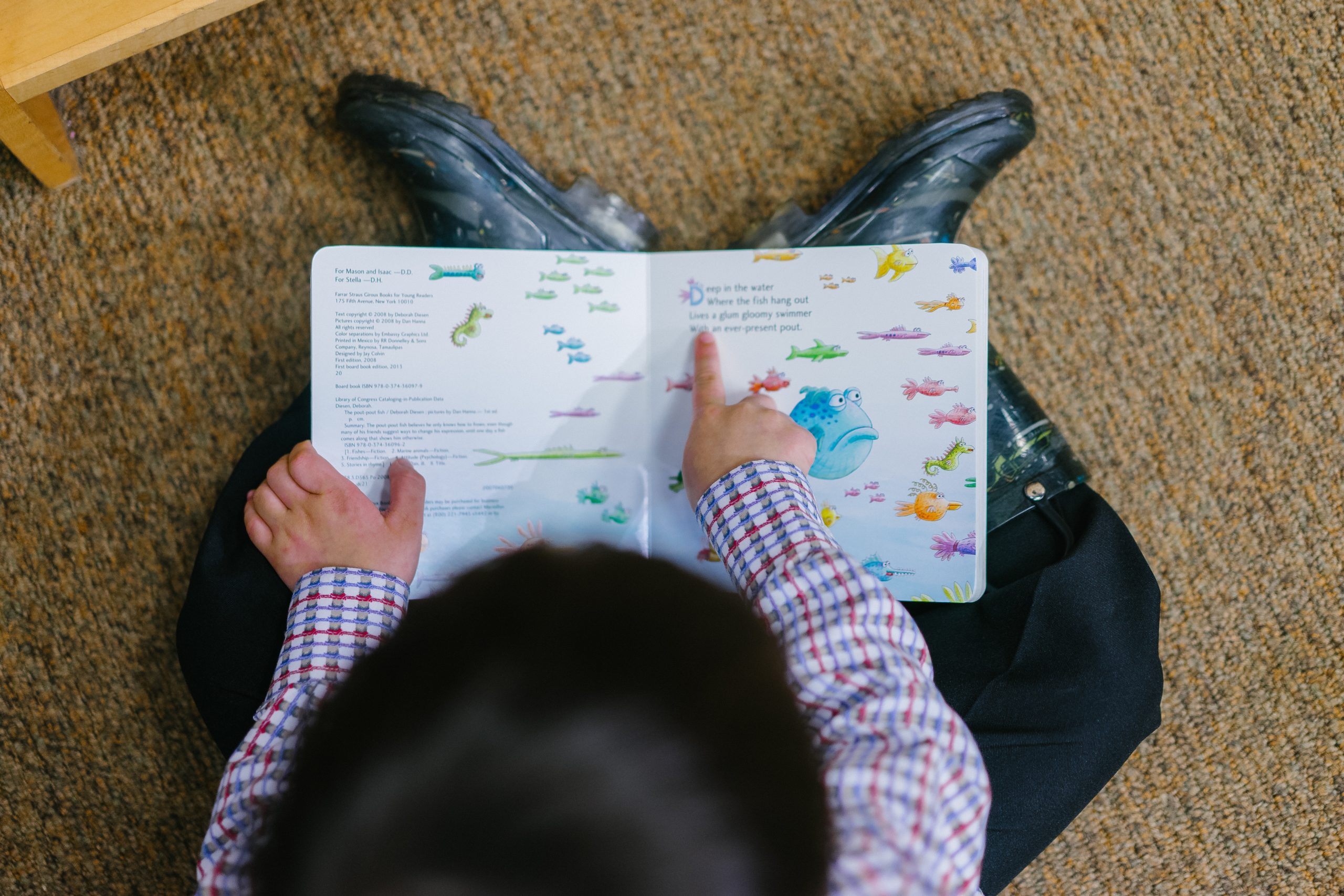
How busy families can read more
We just finished our Summer Reading Club (SRC) at my library and this year we simplified things by having adults, teens, and children sign up using the same gamesheet. Our goal is to get people reading over the summer (and come to our library programs!), so the gamesheet tracks how many books OR how many hours each participant reads over the 7 weeks of SRC.
It was a VERY successful program, with 500+ more sign-ups this year compared to last year– but a major bummer was how so MANY adults kept saying they didn’t have time to read.
Even worse? How many of their teens and tweens who said they didn’t have time to read, either!
I don’t know what each family’s schedule looks like, but I totally understand the feeling of not “having enough time,” especially if you’re working around sports, summer classes, finding childcare, working, etc. etc.
However, making a point to schedule time for reading each day has MASSIVE benefits, both for students and for kids about to start school. It creates a good reading habit, one they can carry onwards into adulthood.
I’ve also previously written about the benefits that come from reading WITH your child, particularly if they’re a reluctant or struggling reader.
You need to build the time into your daily schedule to read, either as a family or independently, if you want your child to succeed in school.
How should you actually DO that, though?
There’s different ways to approach this– either formally, or informally. Or both!

Too busy to read? Not any more!
Here’s 5 different ways to create a daily reading habit for your family. Try one, or try all five, figuring out what works for your family and your family’s style of reading. (And don’t forget to build time in for YOU to read, too! It’s just as important for your kids to see you reading as it is for THEM to be reading.)
1. Dedicate a specific time each day to reading.
The easiest way to squeeze in more reading is to add it to your daily routine.
Maybe it’s 30 minutes before bed, twenty minutes right after lunch, ten minutes in the morning when you wake up– whatever it is, make a space for it on your schedule and keep to that schedule.
The goal is to get into a daily habit where, at a specific time of the day, you read a book for a specific amount of time. Because you want to be able to do it every day, make sure it’s during a generally less-busy block of time (like right before bed).
This block of time is SO important, especially for students. When I was in elementary school, we used to do D.E.A.R.: Drop Everything And Read a.k.a. sustained silent reading. It’s 20-30 minutes of doing nothing but reading, and we did it at least twice a week. DURING school!
I’ve asked several of my teacher friends here in California if D.E.A.R. is still a thing, and…it’s not. Hardly any class ever gets any time set aside for reading, because they’re so stressed for fitting in everything else they need to learn. 🙁
2. Bring a book with you everywhere you go.
There’s a lot of “dead time” throughout the day: when you’re waiting in line at the grocery store, at a doctor’s office, during the tail end of lunch, etc.
So: Pull out a book and read a page or two!
I used this technique to great effect when I was younger; I could even read while I brushed my teeth. Try it yourself– just not with a library book, please!
3. Listen to audiobooks.
Audiobooks can be a wonderful way for a group of people to read together. If you’re already all in the same car going to school or sports practice, then why not put on an audiobook?
All libraries have a large selection of audiobooks (and sometimes e-audiobooks!), or you can give Audible a try if you’d prefer to own your collection instead of borrowing them.
More good listening times: right before bed, flying on a plane or on long car rides, washing the dishes after dinner, as an alternative to after-dinner TV time.
Here’s a tip: Kids often have a higher listening ability than reading ability, so don’t be afraid to try books that’re slightly higher than what they’re reading normally.
4. Mix in shorter books with longer ones.
This doesn’t mean reading books that’re way below your kid’s current reading level, e.g. a fifth grader reading a 1st grade level book. Instead, alternate shorter chapter books, novellas, short story collections, comic books, and so on with longer ones.
Sometimes people (kids and adults) get discouraged because books with large page counts can take SO long to finish, especially if they’re not a fast reader to begin with. Reading a short story collection, where each chapter is an entire story on its own, can make it feel like the reading progress is going faster.
Often favorite authors have collections of short stories related to their longer books. This can be a fun way to learn about the extended universe in a beloved series.
5. Make it a game.
Competitions can bring out the best in people, and nothing’s better than a READING competition!
You can do this in lots of different ways:
- Signing up for a library reading program (like Summer Reading Club, or Winter Reading Club)
- Joining a book club and seeing who can finish the book first
- Keeping a reading log and seeing who’s read the most minutes
- Competing with family friends and neighbors to see who can read the most pages in a month
The idea is to NOT making reading something they have to slog through for their own good, or even just to do better in school. Instead, make it something that the family does together as a fun activity, built into daily family life.
Every family can find a little extra time to read each week. It may mean giving something up (video games and TV shows are the typical time sucks), and it may mean starting small with just 20 minutes a week, but the results will definitely be worth it in the end.
If you found this post helpful, please share it with a friend!

